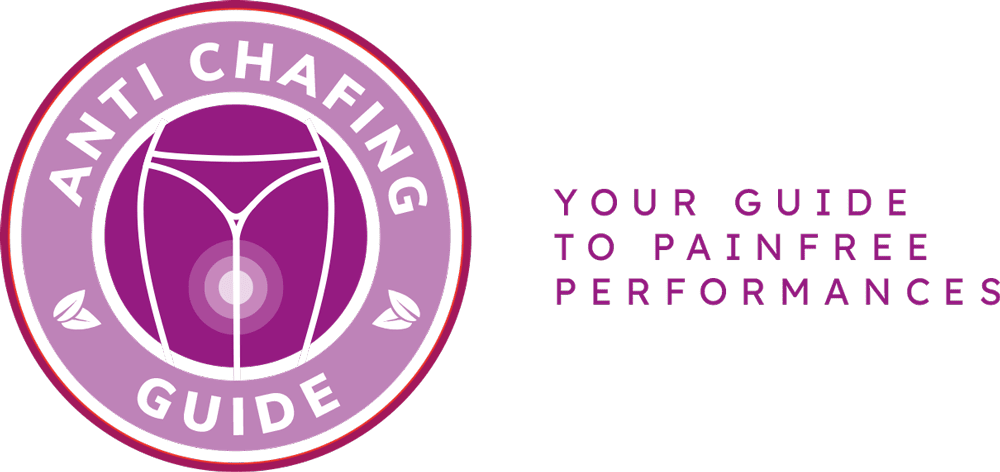Are chafing thighs causing you discomfort and irritation? Don’t worry, we’ve got you covered with dermatologist-approved treatment solutions! Chafing occurs when the skin rubs against itself, leading to redness, soreness, and even painful blisters. But fear not, because we have expert tips to help banish chafing thighs for good!
Moisturizing and protecting your thighs is key to preventing chafing. Apply a generous amount of moisturizer to keep your skin hydrated and create a barrier against friction. Look for products with ingredients like aloe vera or shea butter, known for their soothing properties. Additionally, using a talc-free powder can help absorb moisture and reduce friction.
Choosing the right clothing and fabrics can also make a significant difference. Opt for breathable and moisture-wicking materials like cotton or moisture-wicking synthetic blends. Avoid tight-fitting clothes that can increase friction and opt for looser, more comfortable options. You can even try wearing compression shorts or anti-chafing bands to provide extra protection.
Remember, prevention is key! By following these dermatologist-approved solutions, you can effectively treat and prevent chafing thighs. Say goodbye to discomfort and hello to smooth, irritation-free skin!
Moisturize and Protect
When it comes to banishing chafing thighs for good, one of the most important steps is to moisturize and protect your skin. Moisturizing your thighs regularly helps to keep the skin hydrated and prevents it from becoming dry and prone to chafing. Look for a moisturizer that is lightweight, non-greasy, and specifically formulated for sensitive skin.
In addition to moisturizing, it is crucial to protect your thighs from friction and irritation. One effective way to do this is by using a barrier cream or ointment. These products create a protective layer on the skin, reducing friction and preventing chafing. Look for barrier creams that contain ingredients like zinc oxide or dimethicone, which provide a long-lasting protective barrier.
Another important aspect of protecting your thighs is choosing the right clothing and fabrics. Opt for loose-fitting, breathable clothing made from natural fibers like cotton. These fabrics allow air to circulate and reduce moisture buildup, which can contribute to chafing. Avoid tight clothing, especially those made from synthetic materials, as they can increase friction and worsen chafing.
By moisturizing regularly, using barrier creams, and making smart clothing choices, you can effectively prevent chafing and irritation on your thighs. Remember, taking care of your skin is essential for overall comfort and well-being. So, don’t let chafing get in the way of enjoying your day-to-day activities. Take the necessary steps to keep your thighs smooth, healthy, and chafe-free!
Clothing and Fabric Choices
When it comes to banishing chafing thighs for good, choosing the right clothing and fabric is key. By opting for the right materials, you can reduce friction and minimize irritation between your thighs.
One of the best fabric choices for preventing chafing is moisture-wicking materials such as nylon or polyester. These fabrics are designed to pull moisture away from the skin, keeping you dry and reducing the likelihood of chafing. Additionally, they offer a smooth surface that helps to minimize friction.
Another option to consider is wearing loose-fitting clothing. Tight or restrictive clothing can increase friction and worsen chafing. Opt for breathable, lightweight fabrics that allow for air circulation and freedom of movement.
Furthermore, consider investing in specialized anti-chafing garments such as compression shorts or thigh bands. These products are designed to provide a barrier between the thighs, reducing friction and preventing chafing.
Remember, the right clothing and fabric choices can make a significant difference in preventing chafing between the thighs. By selecting materials that reduce friction and allow for breathability, you can enjoy a chafe-free experience.
Frequently Asked Questions
- Q: How can I prevent chafing thighs?
- Q: What clothing choices can help reduce thigh chafing?
- Q: Are there any home remedies for chafing thighs?
- Q: How often should I moisturize my thighs?
- Q: Can overweight individuals be more prone to chafing thighs?
A: To prevent chafing thighs, it is important to moisturize and protect your skin. Apply a moisturizer or barrier cream to create a protective layer and reduce friction.
A: Opt for loose-fitting clothing made of breathable fabrics such as cotton or moisture-wicking materials. Avoid tight clothing that can increase friction between the thighs.
A: Yes, there are several home remedies that can help soothe chafed thighs. Applying aloe vera gel, coconut oil, or a cold compress can provide relief. However, if the chafing persists or worsens, it is advisable to consult a dermatologist.
A: It is recommended to moisturize your thighs at least twice a day, especially after showering or bathing. This helps maintain the skin’s hydration and reduces the risk of chafing.
A: Excess weight can contribute to increased friction between the thighs, making overweight individuals more prone to chafing. It is important to take preventive measures such as wearing appropriate clothing and keeping the skin moisturized.


Keith is originally from Truckton, Colorado. The 54-year-old cared for his overweight wife for many years. Keitch is also a freelance editor at antichafing.net and supports the team as a competent advisor. In his spare time Keith enjoys reading books, visiting his homeland and is a passionate product tester for well-known manufacturers.

